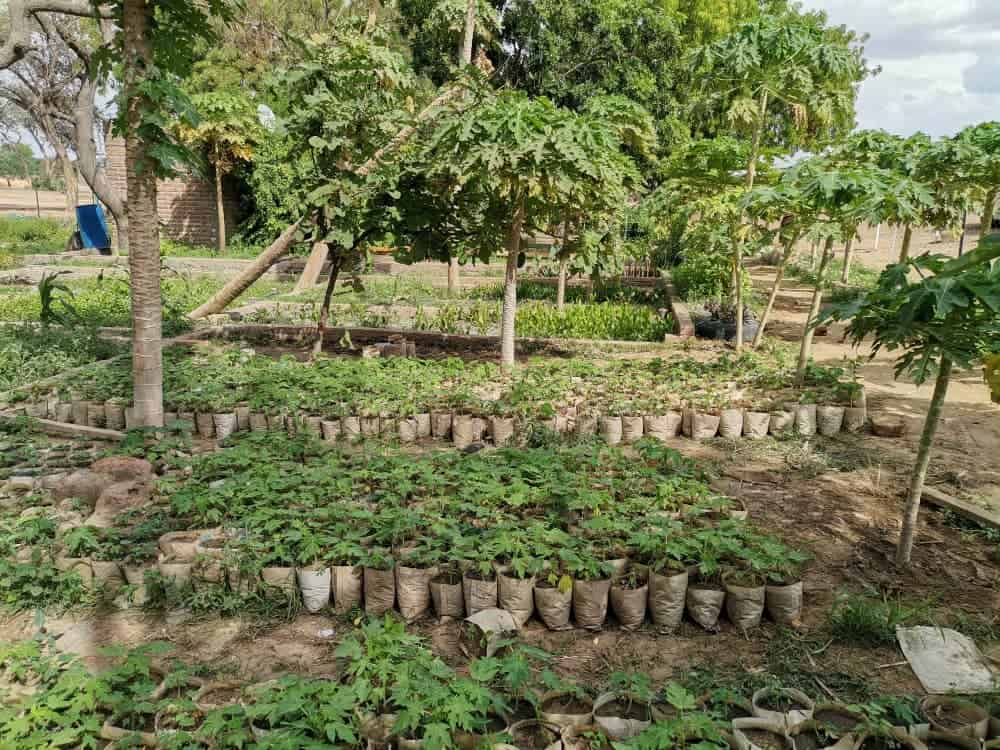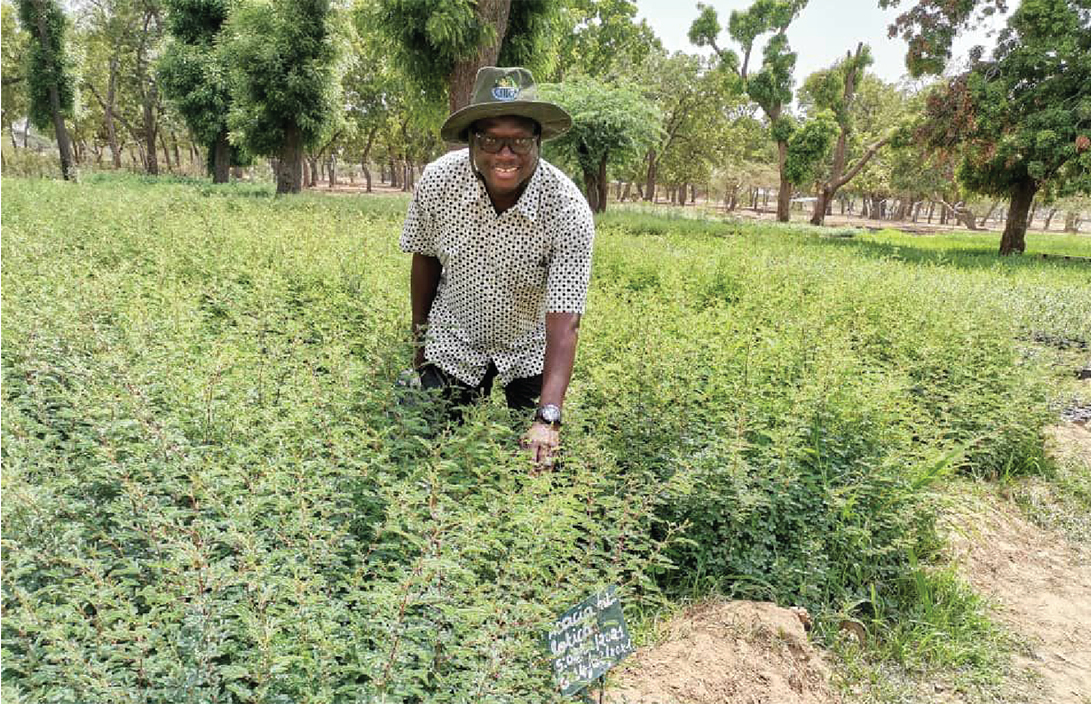
A Vulnerable Country
Chad has some of the highest hunger rates in the world and many citizens lack access to healthcare and education. Landlocked in the Sahel, Chad is also experiencing the dramatic effects of climate change, with reports listing it as the most vulnerable country to climate change on the planet in recent years.
“Communities are grappling with depleting natural resources due to drought, unpredictable rainfall and extreme heat. In addition to food and income insecurity, this has also led to increased conflict between farmers and herders as land and resources become more scarce,” explains TREES Director of Programs Brandy Lellou. “But planting trees can be mitigate many of these challenges. Chadian farmers and herders can benefit immensely from the Forest Garden Approach.”
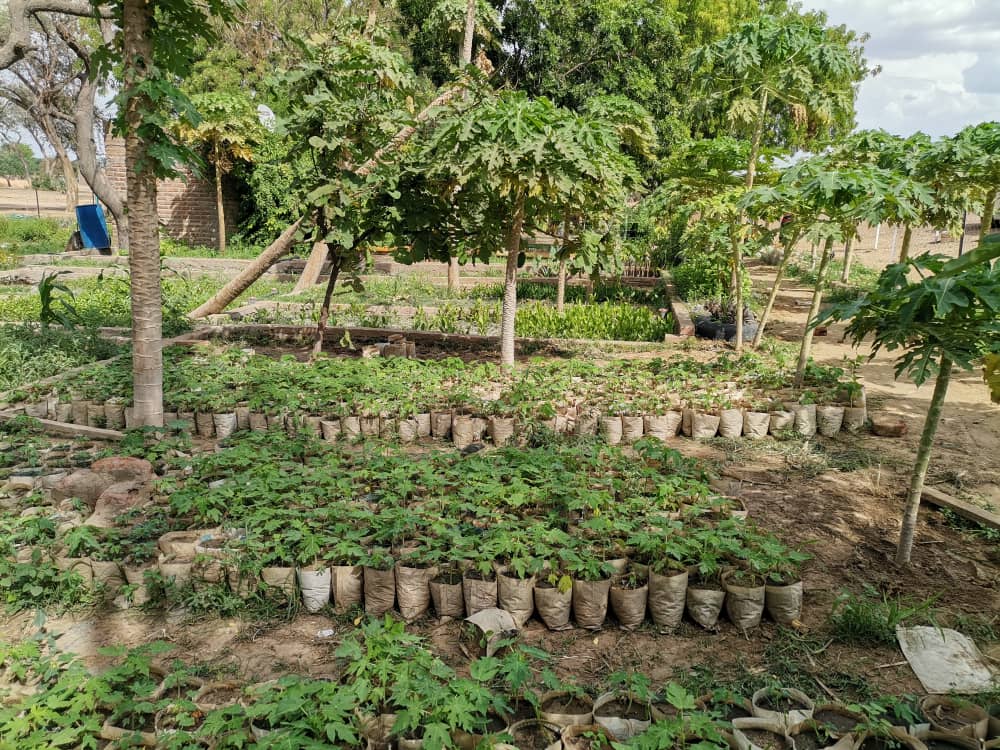
The Forest Garden Approach is a regenerative agroforestry technique that benefits both the land and the farmer. Forest Gardens are home to thousands of trees and dozens of food and resource crops that provide food and income opportunities throughout the year. Farmers plant a diverse mix of trees throughout their land to restore soil health, improve groundwater retention, and create a cooler micro-climate. They also plant a living fence around their field to protect the crops from wind and water erosion as well as herding animals. When TREES began working in Chad, local herders began showing interest in the concept of the living fence and what it could mean for their ability to manage their land and livestock alongside farmers.
“We did not expect this influx of herders seeking trees to cooperatively plant with farmers,” Lellou says. “This is an exciting opportunity that TREES will continue to explore and expand in 2022 and beyond.”
Time to Plant Trees
With funding from the Arbor Day Foundation, made possible in part by the #TeamTrees movement, TREES and FAGRIB trained local staff to develop nurseries and train over 800 farmers in sustainable farming techniques. To ensure tree survival in the challenging conditions, technicians tended to the seedlings in centrally located nurseries where they could rely on shade and access to water, including one large nursery near Djamina and four smaller nurseries in surrounding areas. In March, hundreds of thousands of tree seedlings began to sprout in the community nurseries. Tree species include Acacia Senegal, Acacia nilotica, Parkinsonia, Azadirachta indica, Leucaena, Prosopis, papaya, and mango.
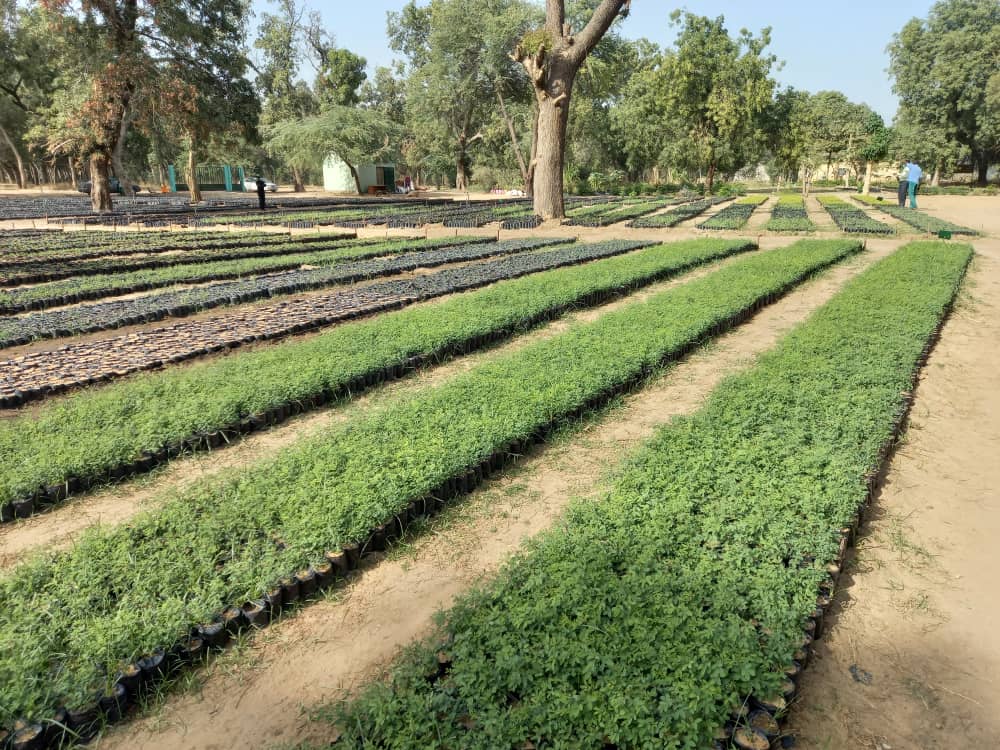
As August approaches, the nurseries are full of healthy, ready-to-be-planted tree seedlings. Staff and farmers are timing the plantings with the rainy season.
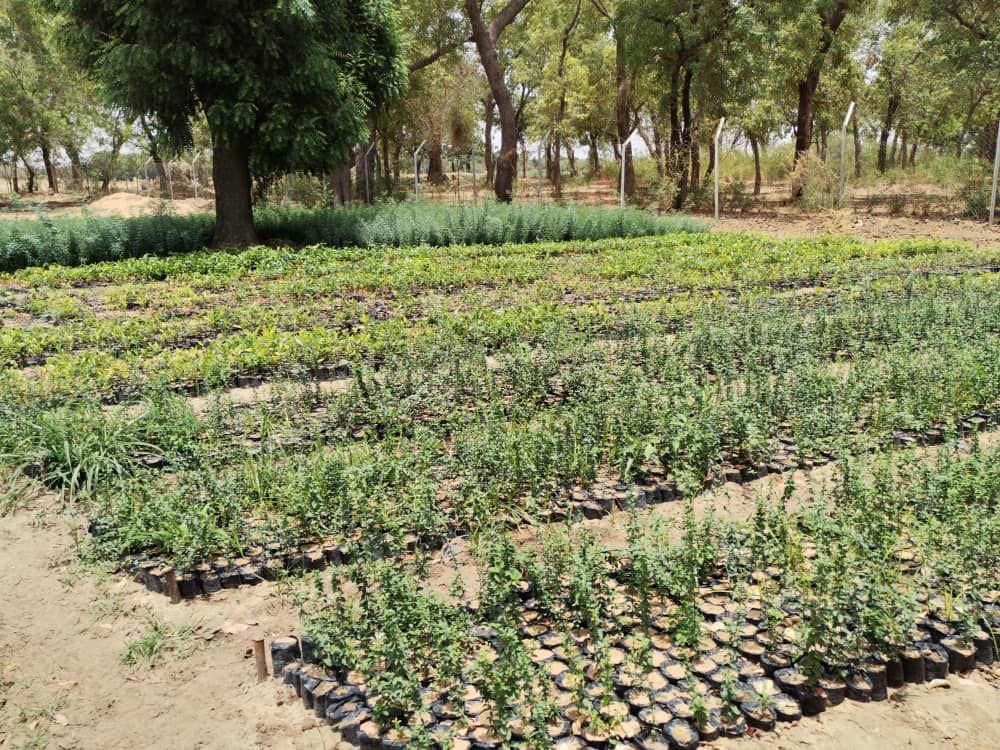
“Farmers are planting field crops and are preparing to plant trees as soon as possible so that the trees get the maximum amount of rain before the end of wintering,” says TREES West Africa Director Mohamed Traore, pictured above.
This video shows staff loading up thousands of trees from a community nursery to deliver them to the farmers in the program. In total, 1,000,000 trees will be planted in Chadian Forest Gardens and community forests by the end of August.
Contributing to an Edible Great Green Wall
The one million trees in Chad, along with 12 million trees in TREES’ Mali and Senegal projects, are all going toward the global effort to re-green the Sahel region in an initiative called the Great Green Wall. Decades ago, this initiative was planned as a band of trees planted between the Sahel and Sahara to stop the desert from moving south. Since then, the African Union has expanded the vision of the Great Green Wall to be a mosaic of a variety of sustainable tree planting methods by multiple partners across thousands of miles of the Sahel.
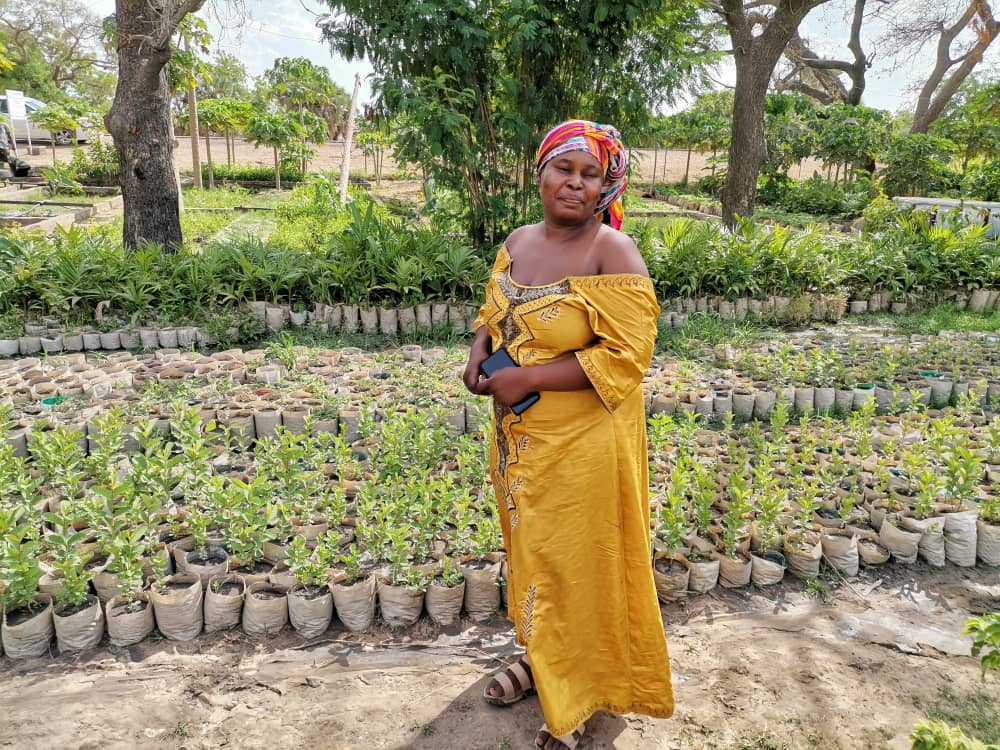
“Once it’s completed, the Great Green Wall will be the largest natural structure on the planet,” said Elvis Tangem, African Union Great Green Wall Initiative Coordinator, when the partnership between TREES and the Great Green Wall was first announced. “It’s a massive undertaking, but the dedication and teamwork of organizations like Trees for the Future and the Arbor Day Foundation will ultimately make it a reality.”
In addition to trees, Chadian, Malian, and Senegalese Forest Gardens are also planting nutrient-rich produce within the Forest Gardens.
“Forest Garden farmers in Chad are looking forward to planting okra, tomatoes, and eggplant in the coming weeks,” Traore says.
Within a couple of years, farmers will be able to produce a diverse array of crops within the protection of their Forest Gardens.
Support the work of farmers in Chad and across Africa, donate to Trees for the Future today.
